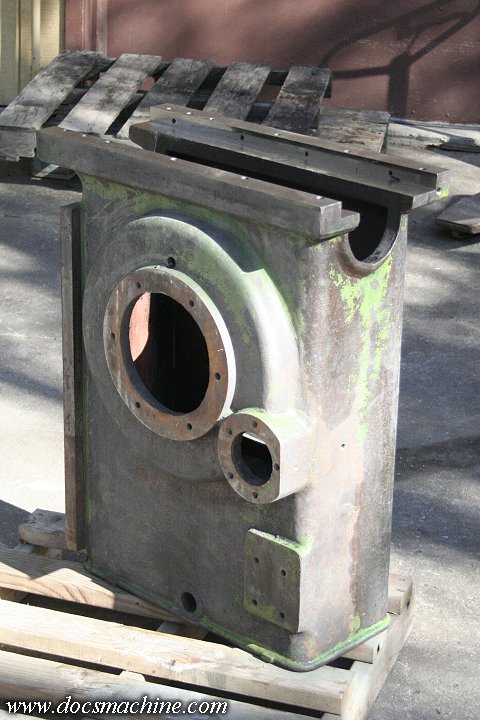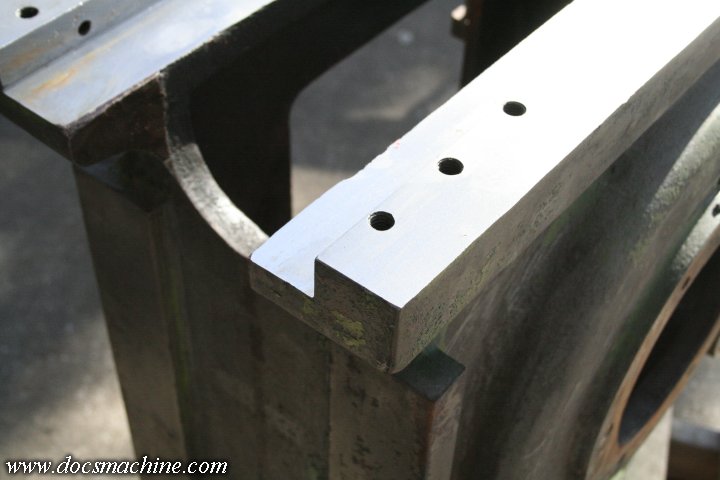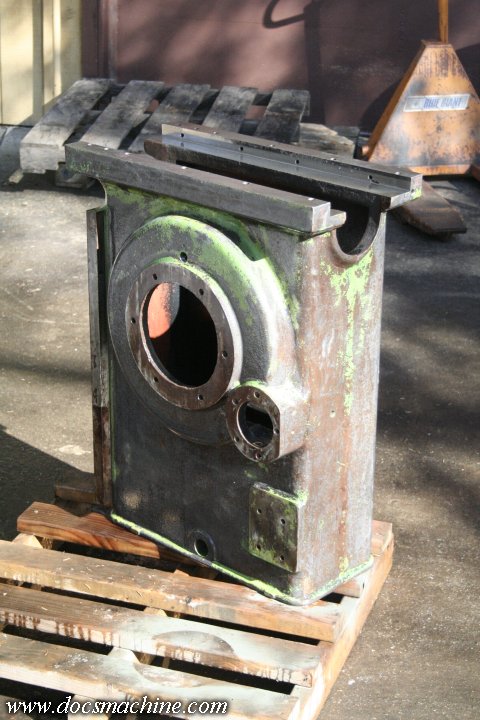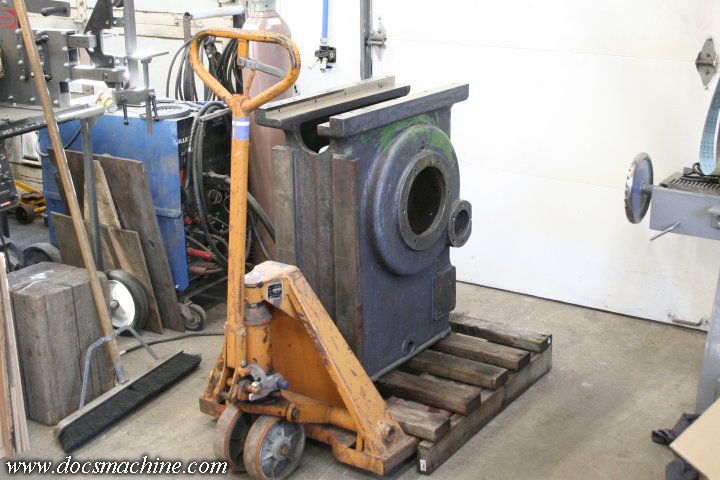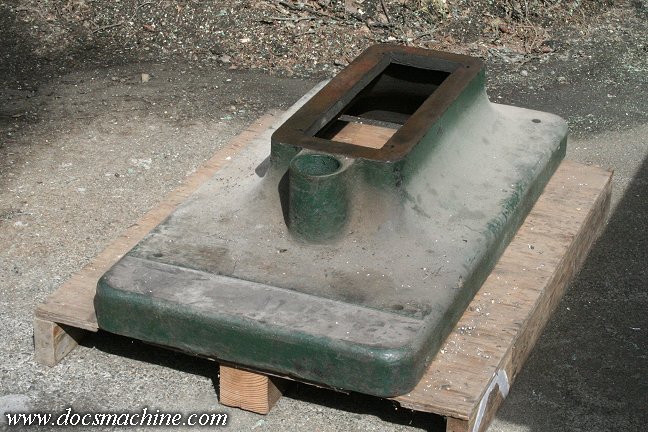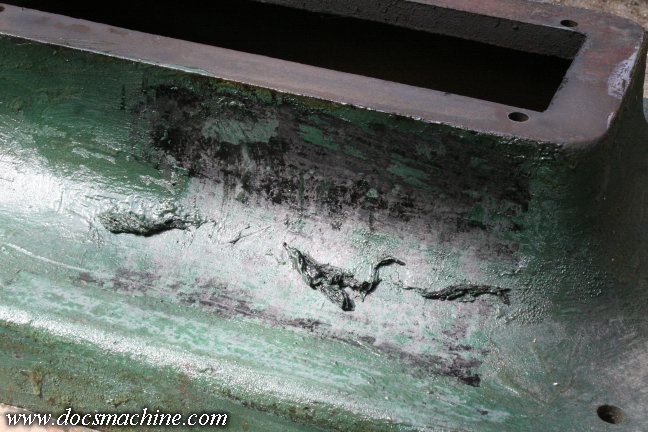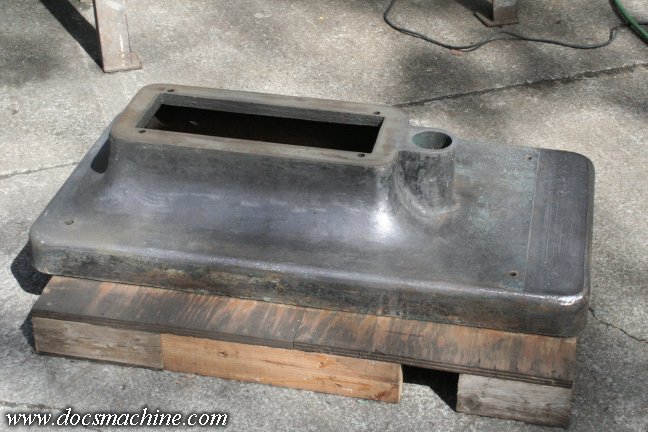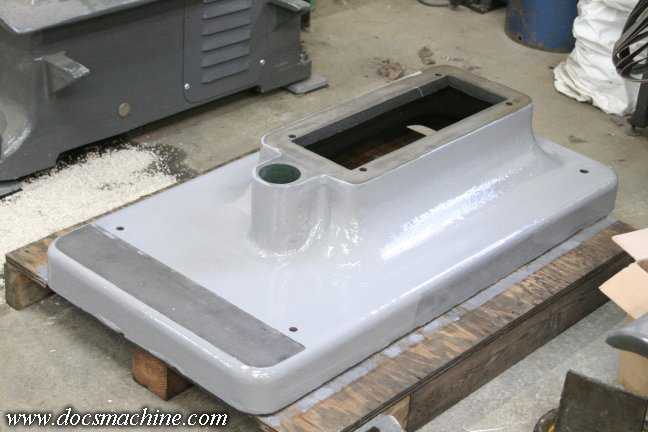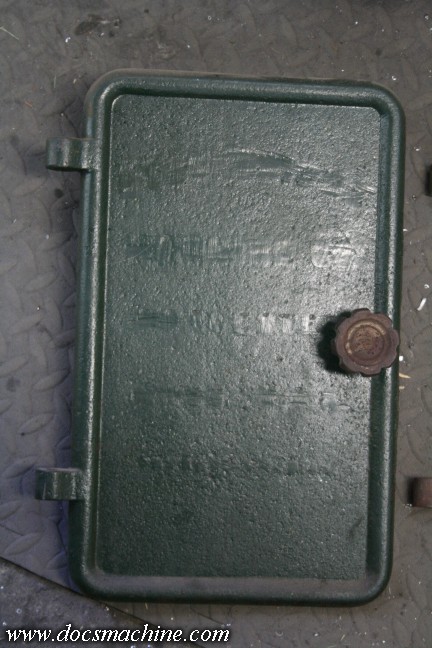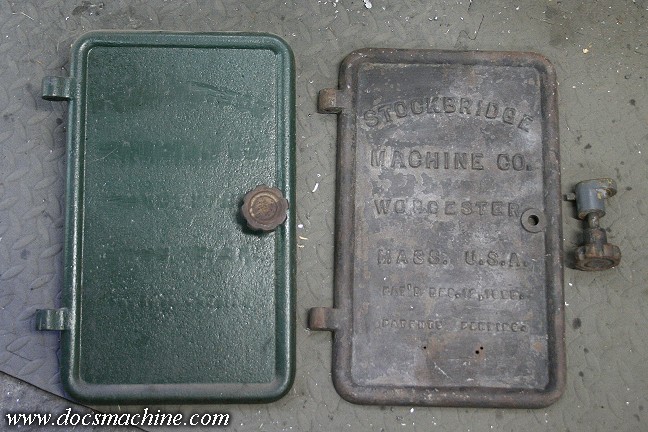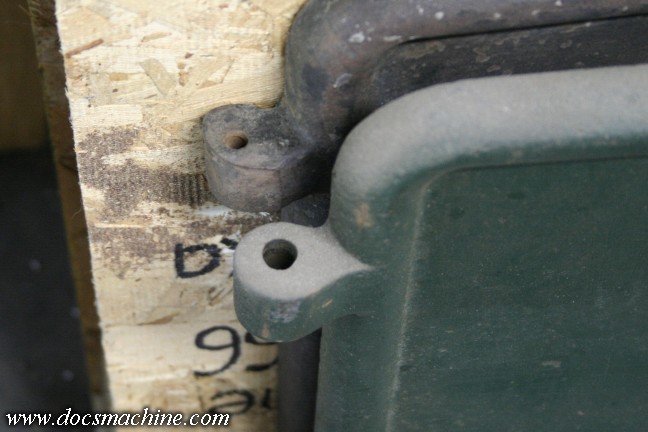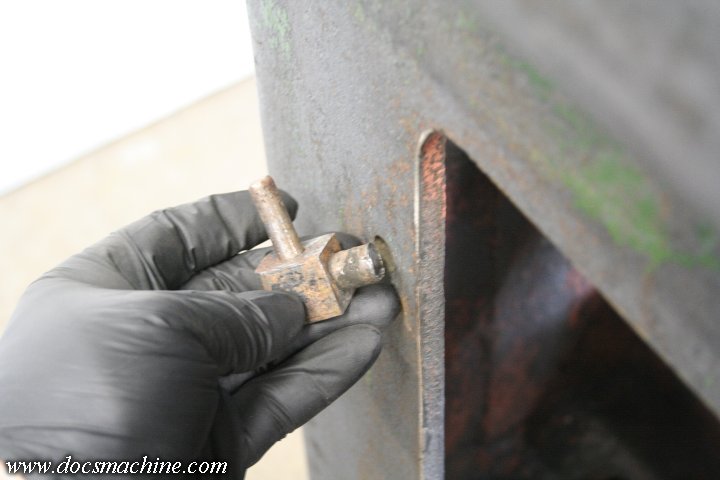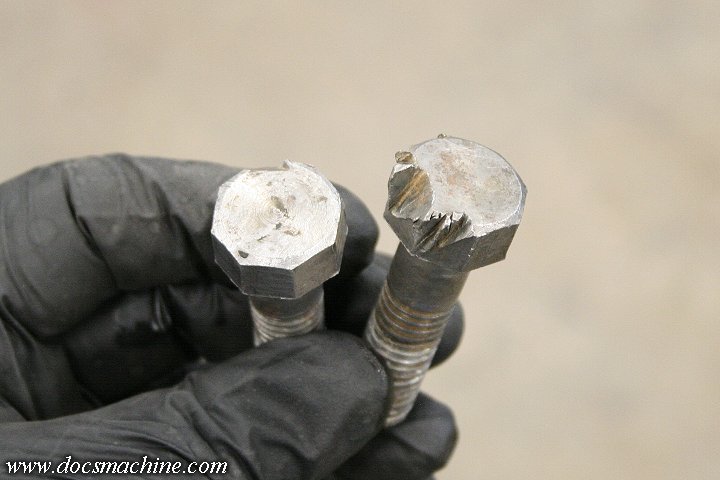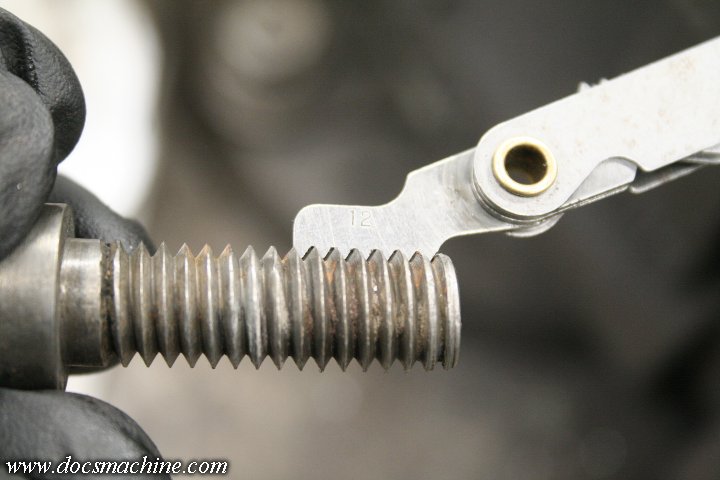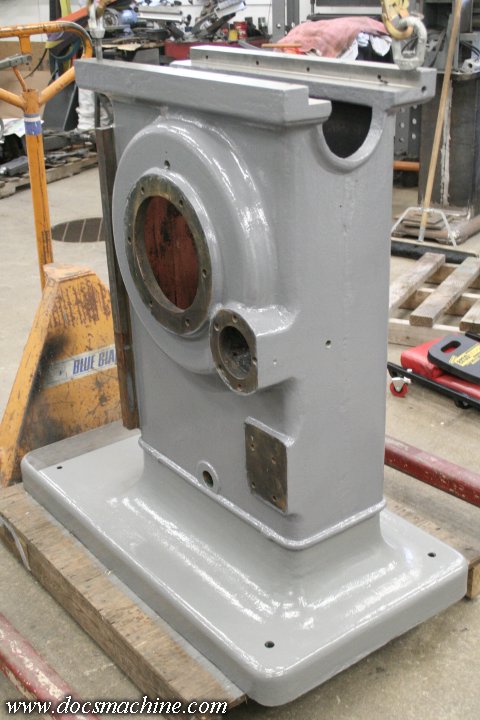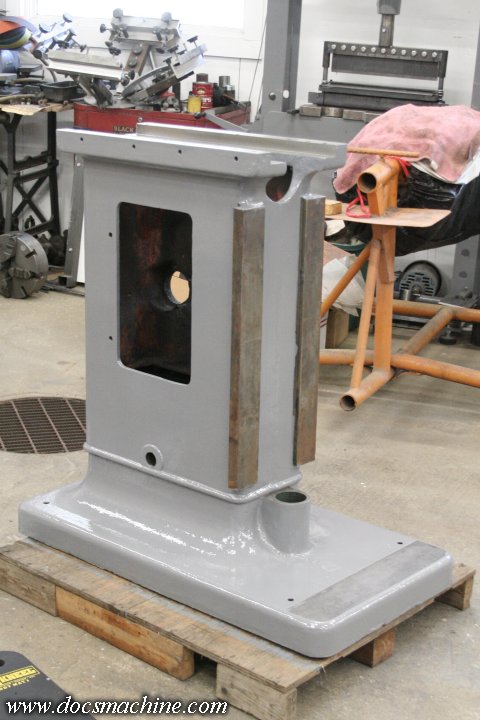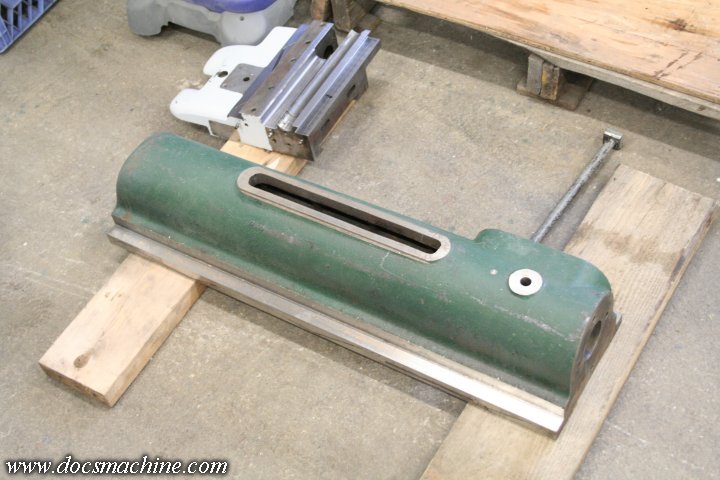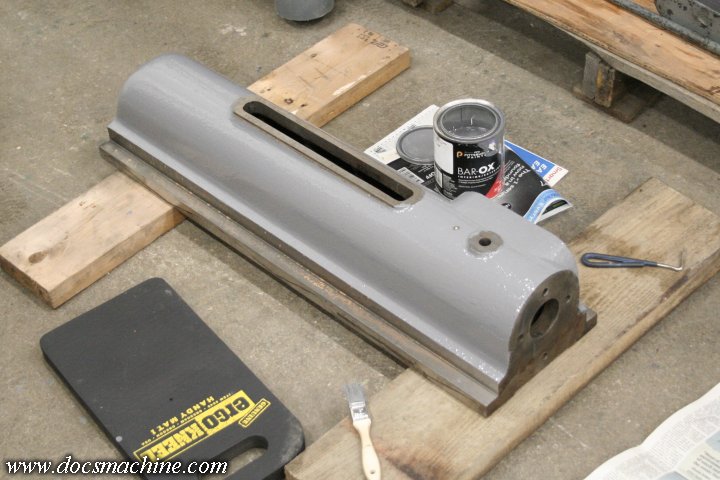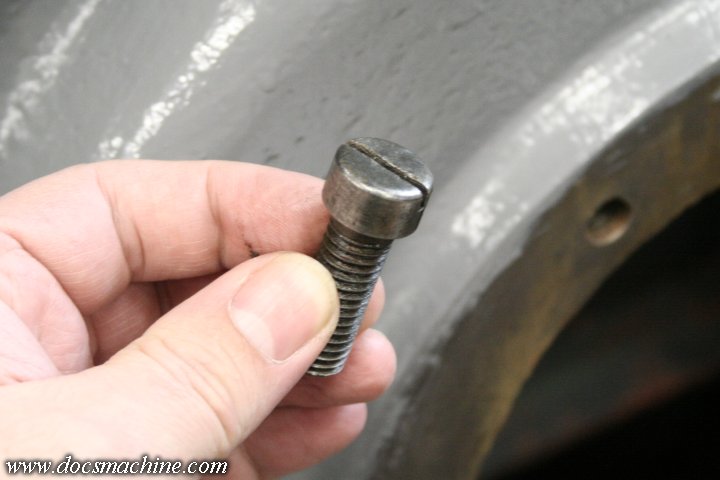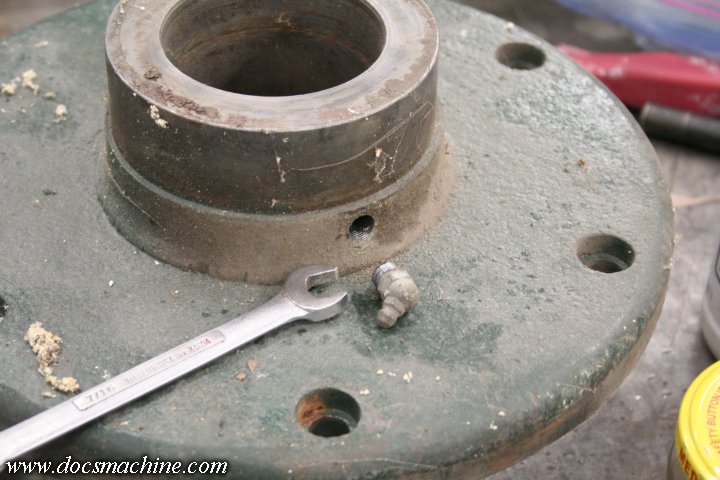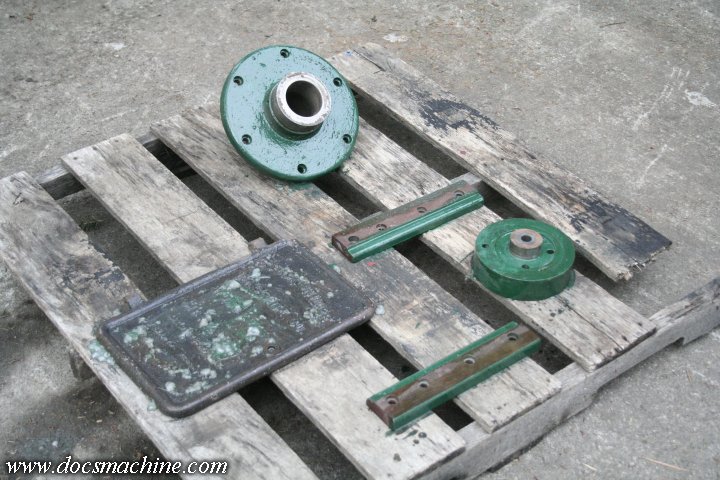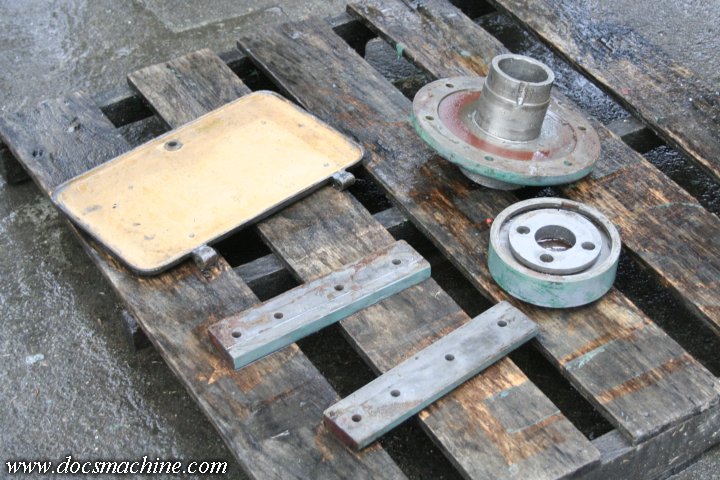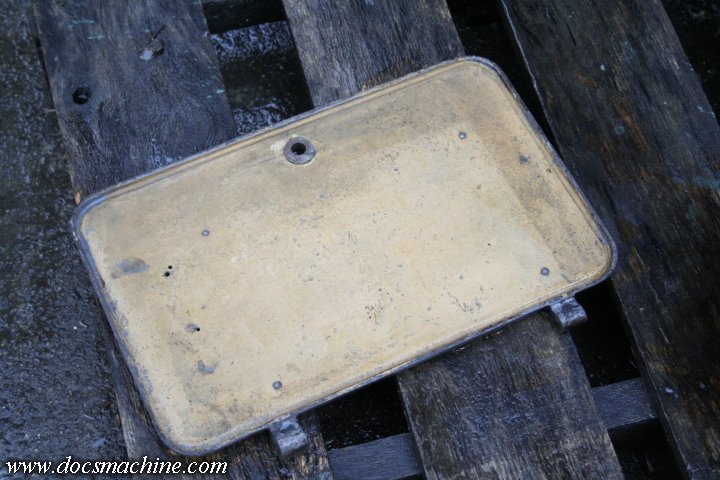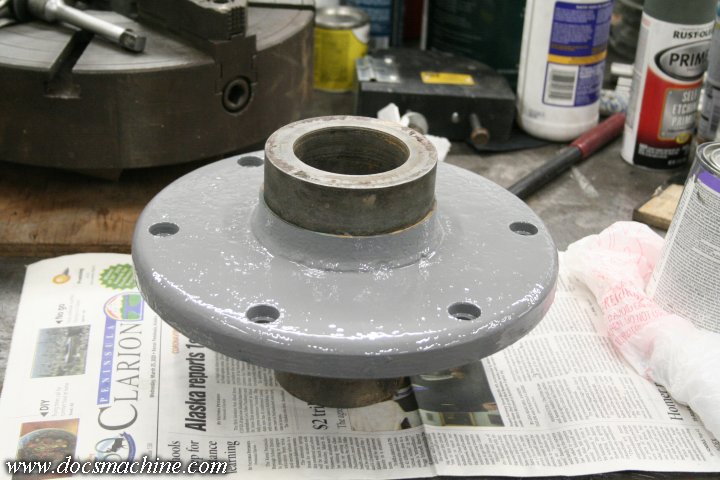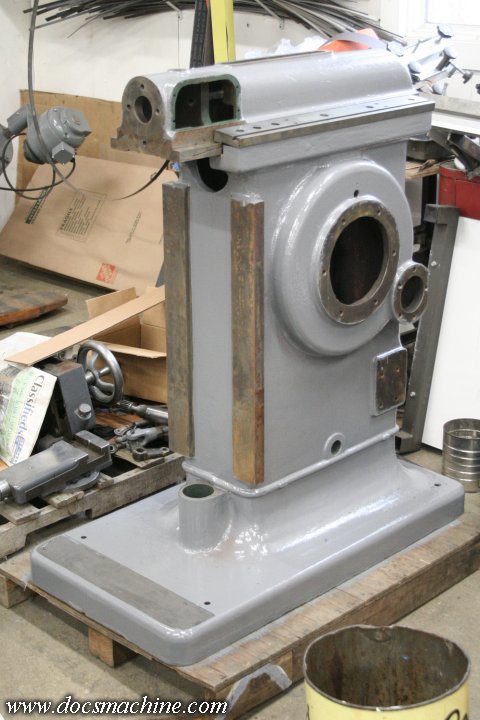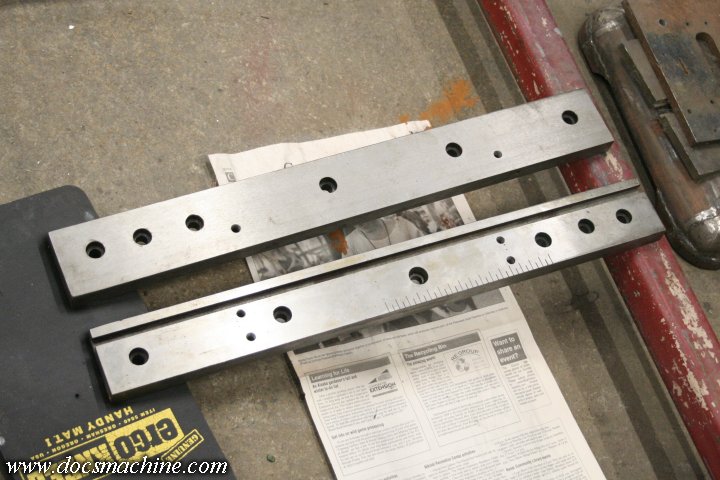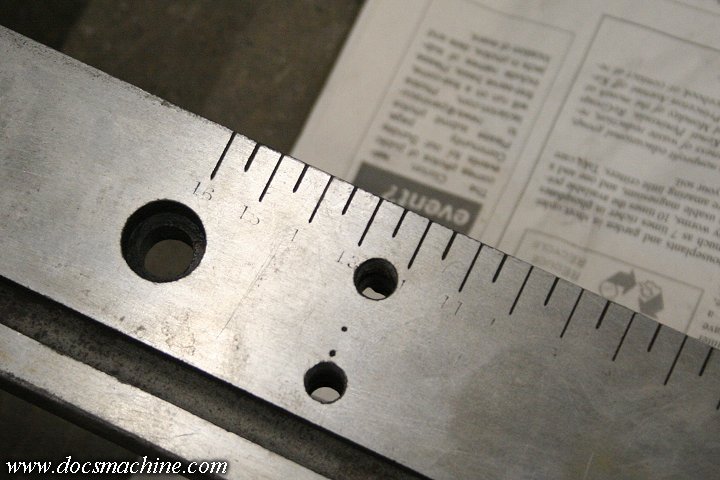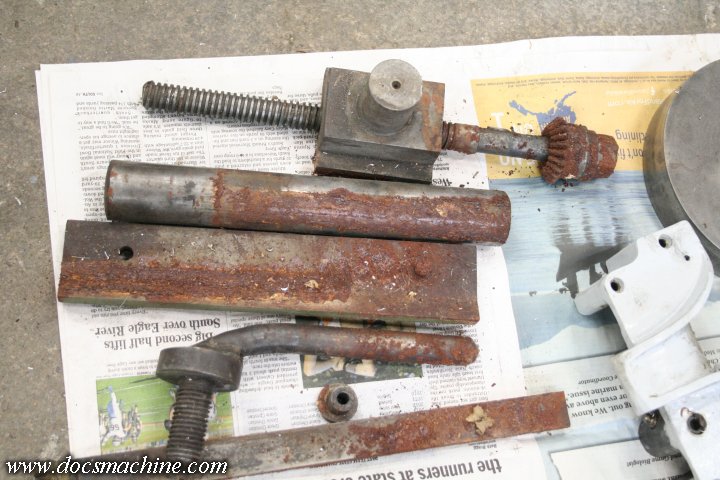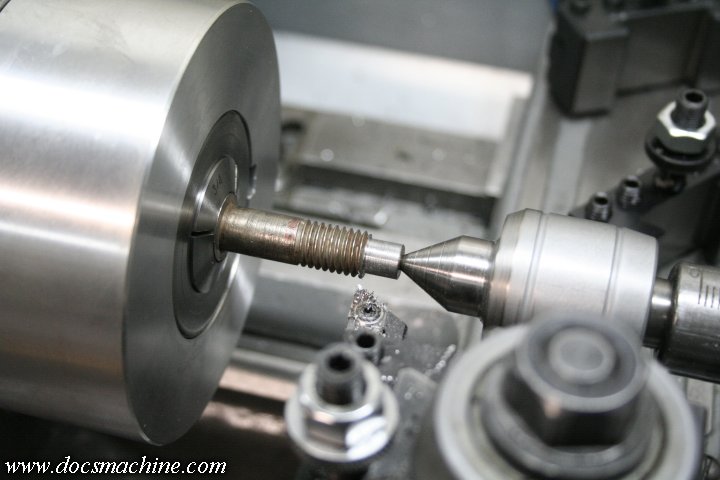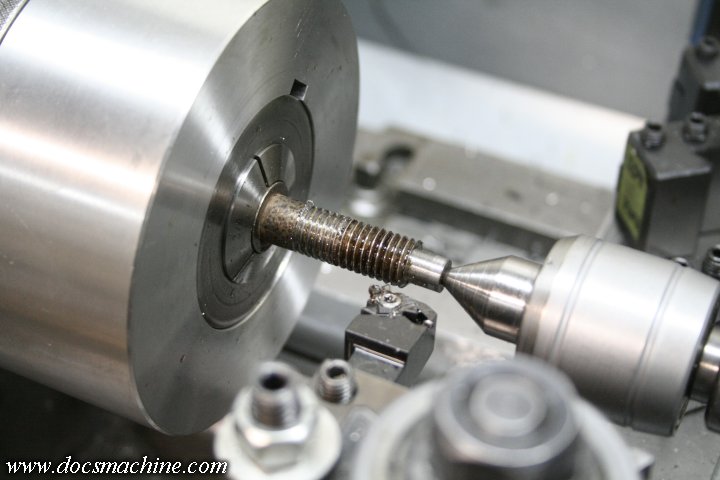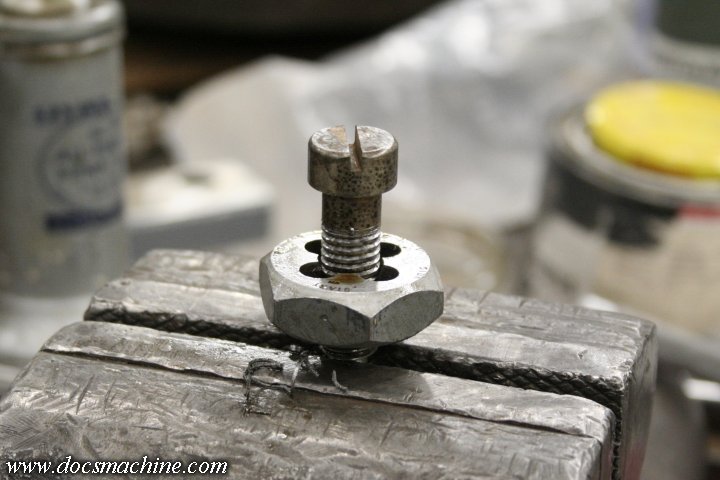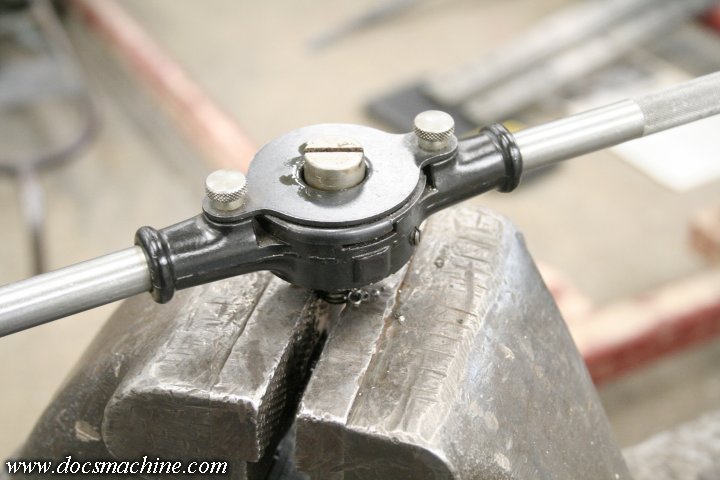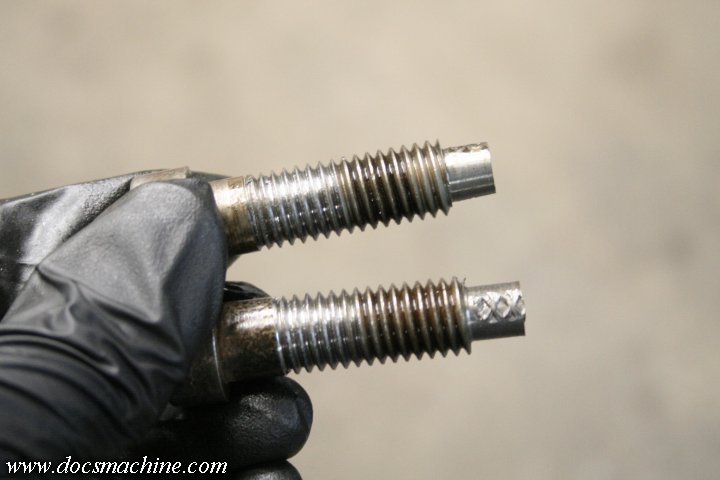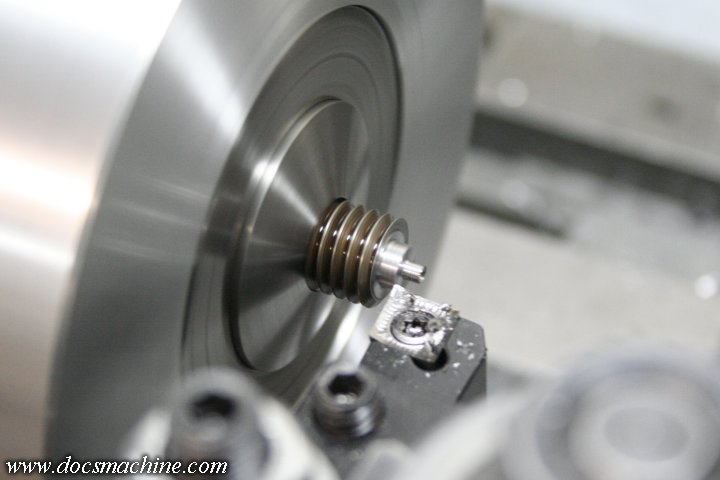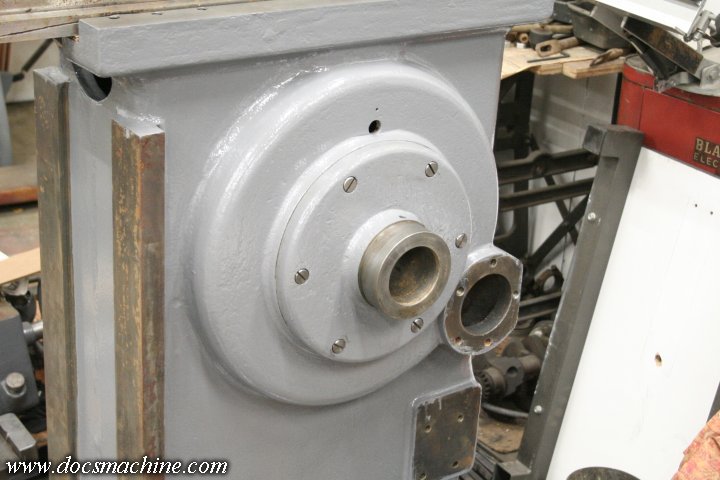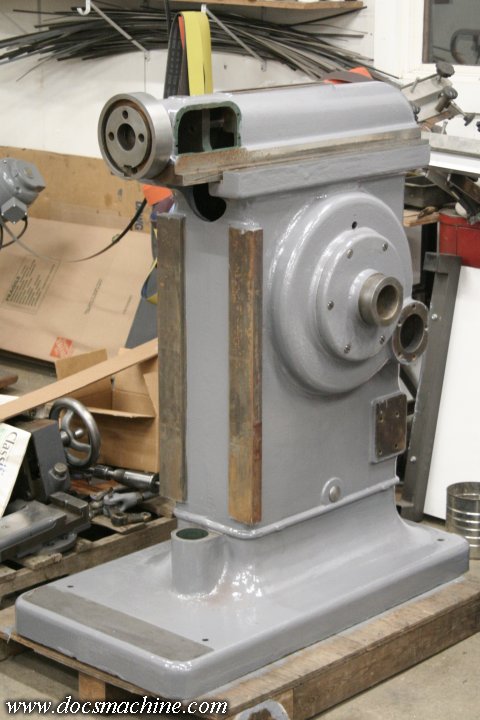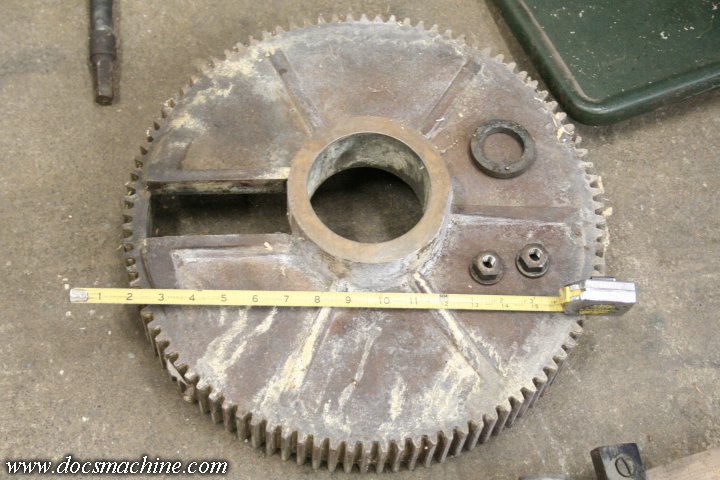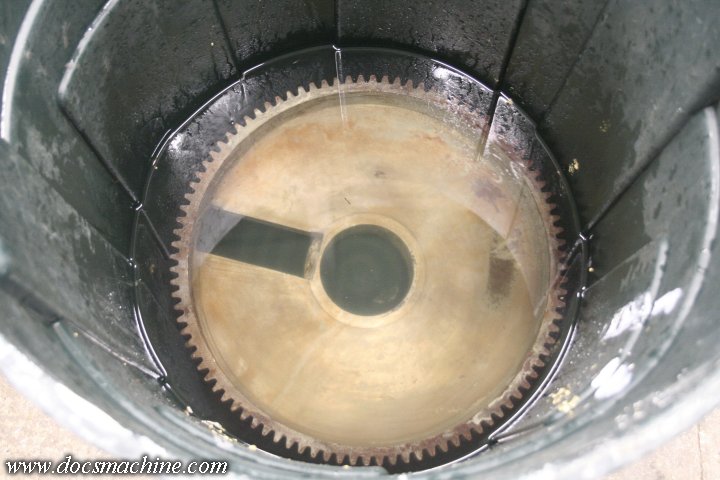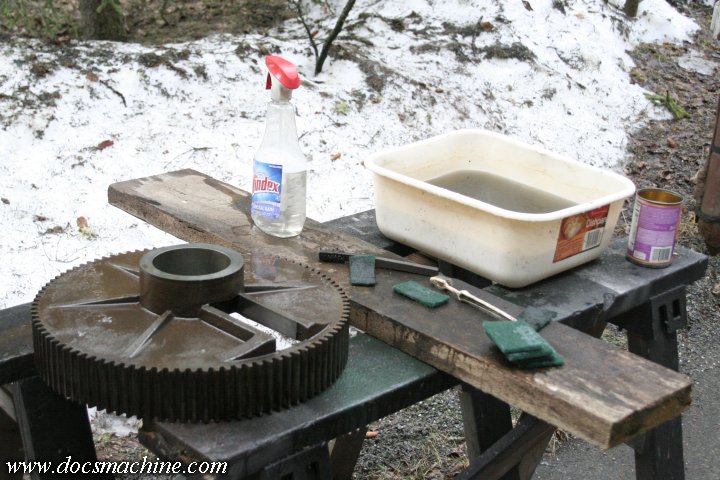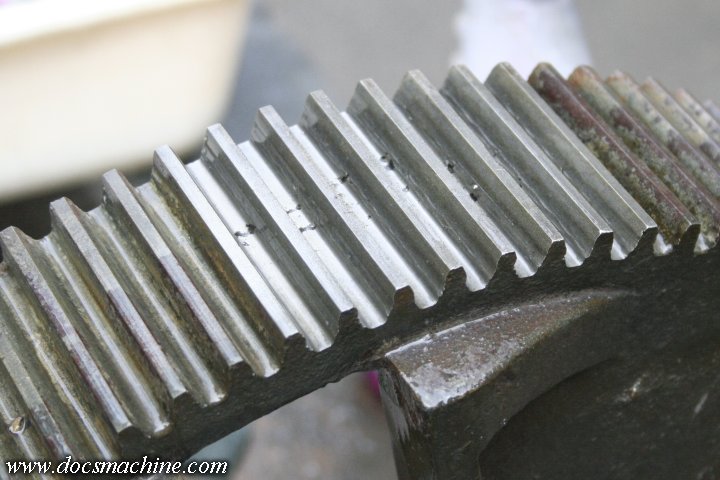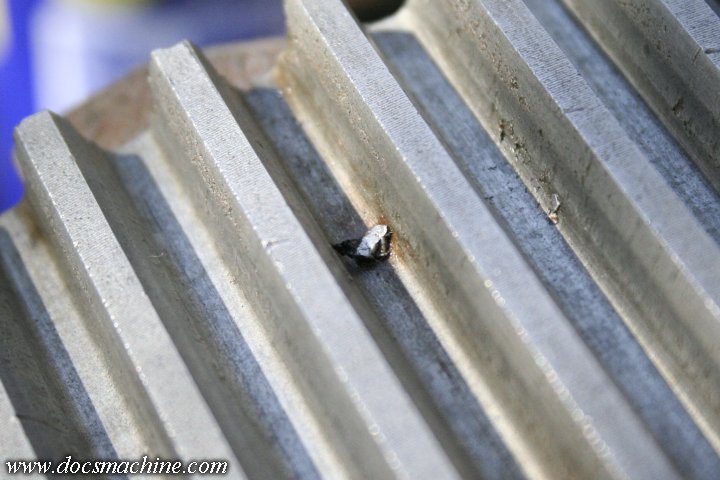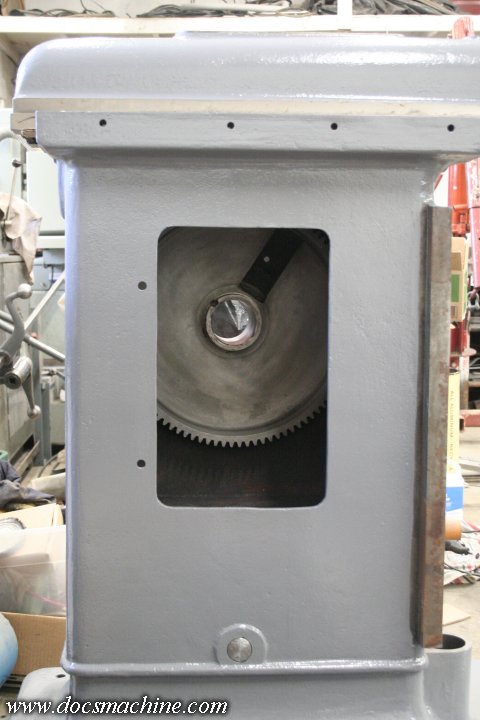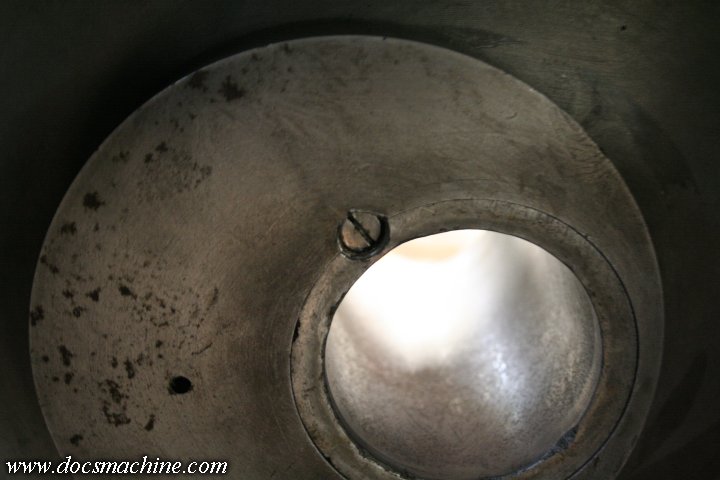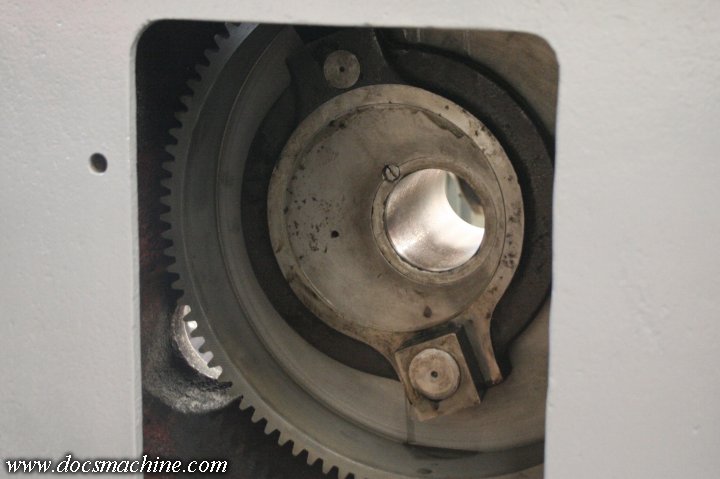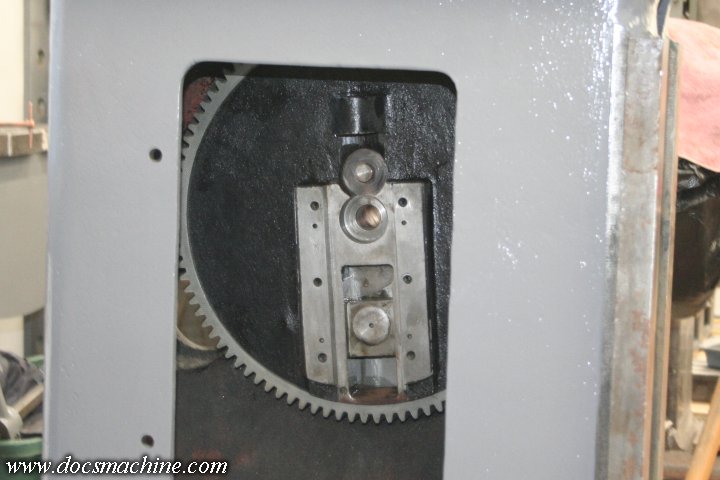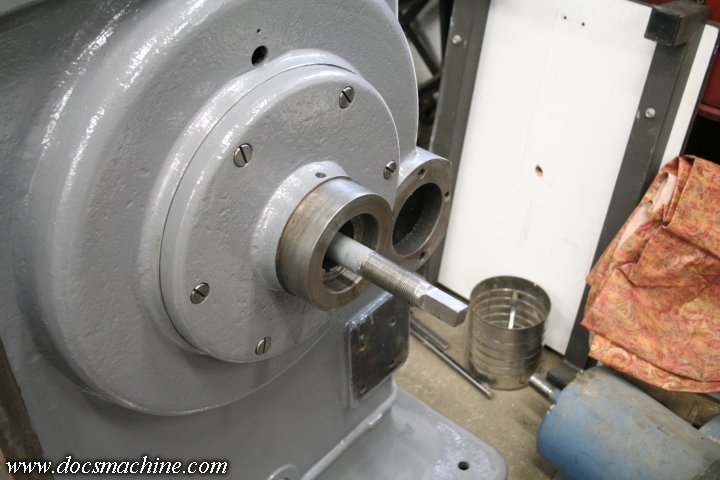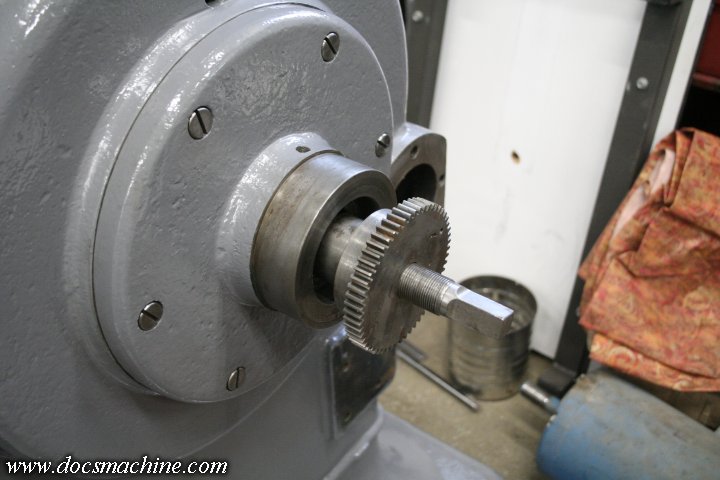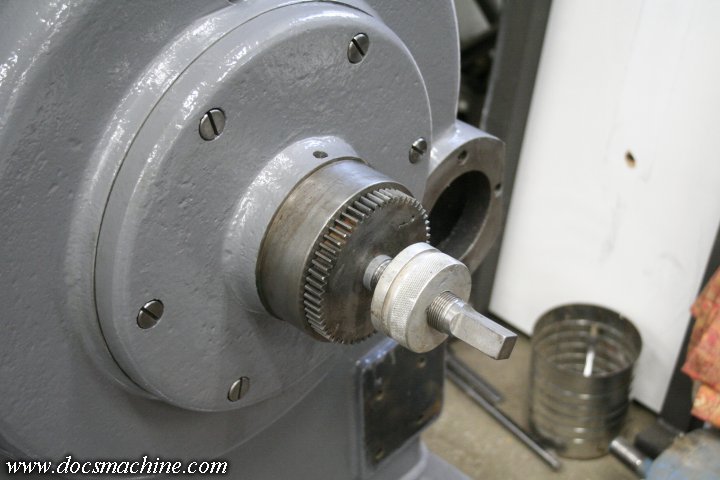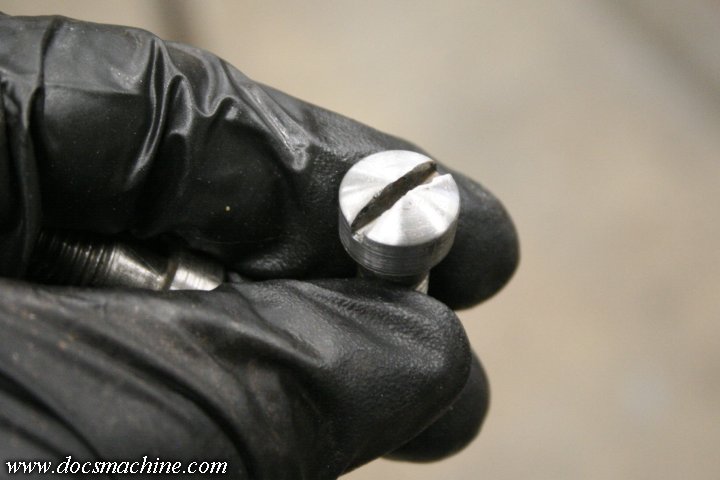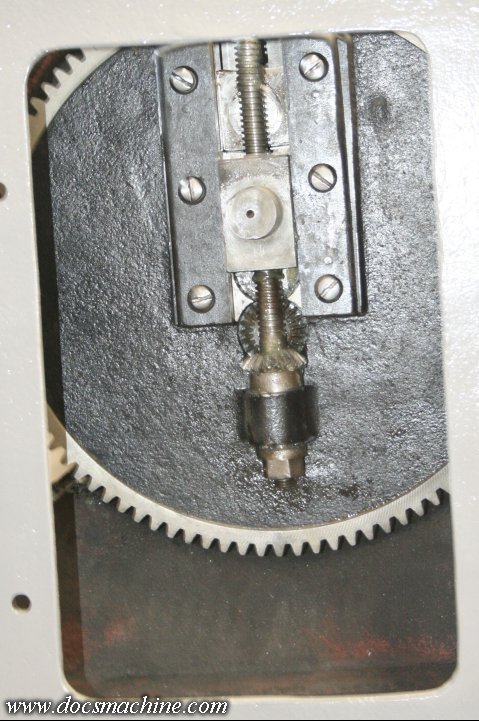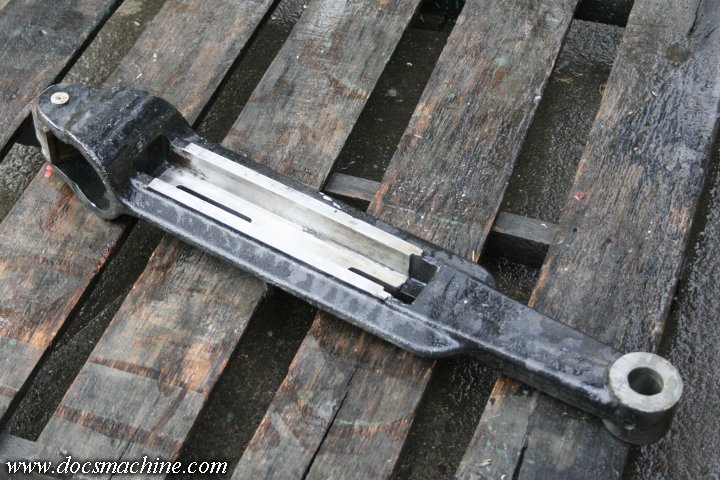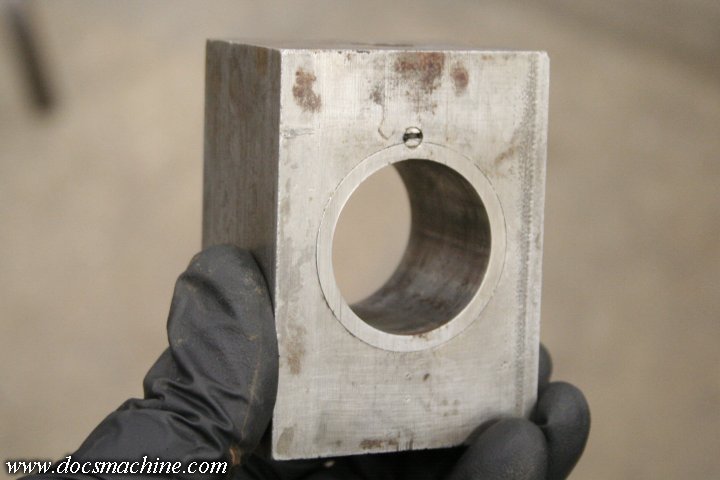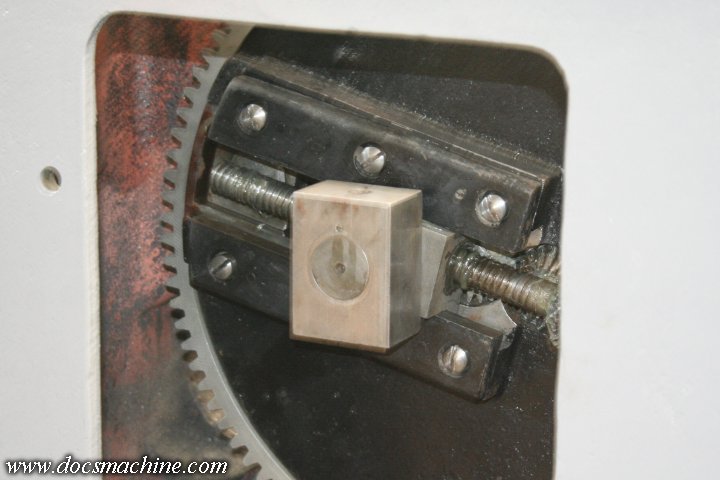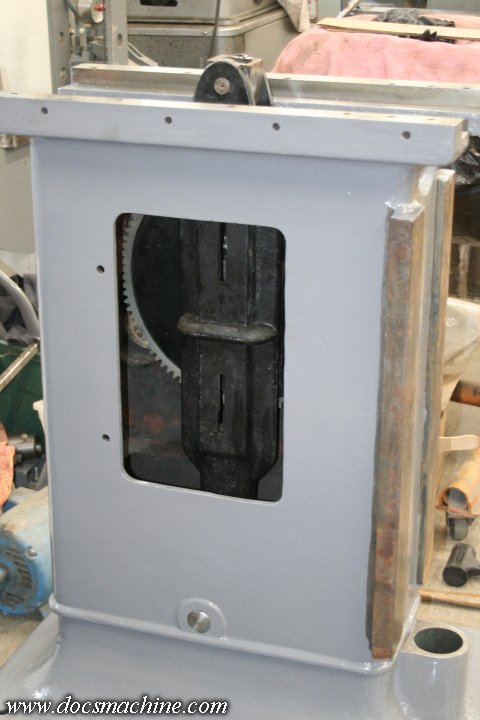DocsMachine
Titanium
- Joined
- Jan 8, 2005
- Location
- Southcentral, AK
Those of you that have been following the recent resurrection of my Saving a Springfield thread may know that I'd sent the bed of that machine off- in a roundabout way- to get it ground back to spec.
Well, the original deal on that grinding involved what was supposed to be very low cost shipping- basically a friend was towing an empty trailer to the States, to return with some other gear.
Because the shipping part was so cheap, along with the bed of the lathe, I opted to include the table and saddle of my Nichols mill (due to repetitive factory use, it was badly worn in the middle third of the table travel) and the ram and column casting of the shaper (which had considerable wear.)
Unfortunately, the original deal fell through, which forced me to either abandon everything (thus junking all three machines) or to throw money at them to get the job done and the parts returned.
The entire deal cost me a great deal of money- roughly twice what the worst-cost estimate of the original deal was supposed to.
The upshot of all this? I wound up sinking several thousand dollars into an obsolete, antique machine that I don't need, don't have the room for, and won't be able to sell.
I have never once been accused of being a brilliant businessman.
But, I'm now slowly putting the machine back together, and figured if nothing else, it'd be a fun read.
[cracks knuckles]
Back in early 2008 (!) I heard through the grapevine of a guy that had a full-size shaper for sale, for cheap. I posted it here, and some of you PM'ers identified it as an old Stockbridge 16" shaper, probably made around 1905. (And I found out from other sources that the company was probably closed by 1912.)
I eventually decided to buy it, as I had the time and the room back then, and, of course, a nearly-fatal case of Old Iron Disease. In June, I sorted out some transportation and hauled it home.
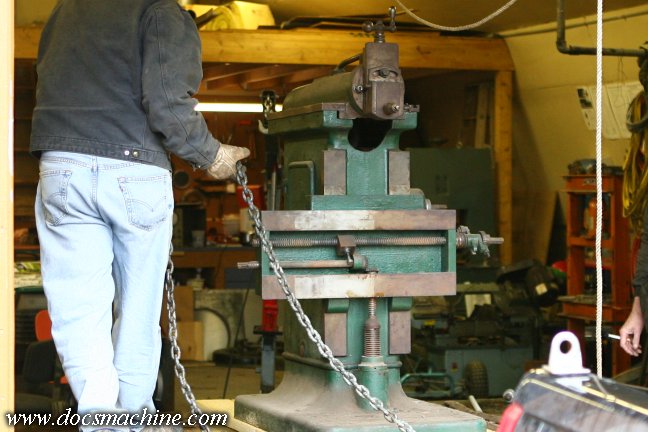
The story I was told was that the machine had been on a Navy air station on Kodiak Island, and had been junked, probably around the time the station was handed over to the Coast Guard. Oddly enough rumor has it my Springfield lathe carried a similar tale. No proof of either, of course, but still interesting.
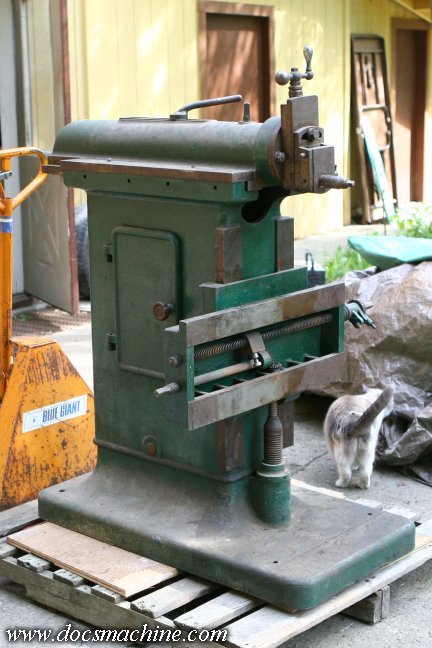
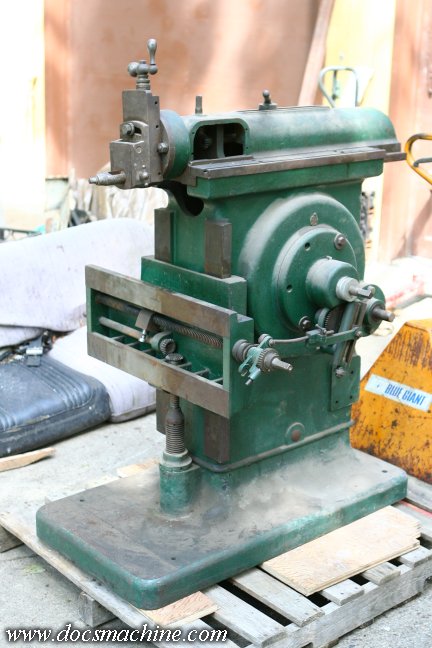
The machine was complete (the table had been removed, but was included) save for any sort of a drive, having originally been lineshaft-powered.
It had been "rebuilt" by some ham-handed previous owner, but never run since said rebuilding- fortunately, as the only "lubrication" I found was some copper never-seize.
It did, however, have some fairly considerable wear:

I hosed some of the grime off, partially dismantled it and surveyed what I'd need to do to restore it... and then shoved it in the corner in leiu of more... shall we say, 'profitable' ventures.
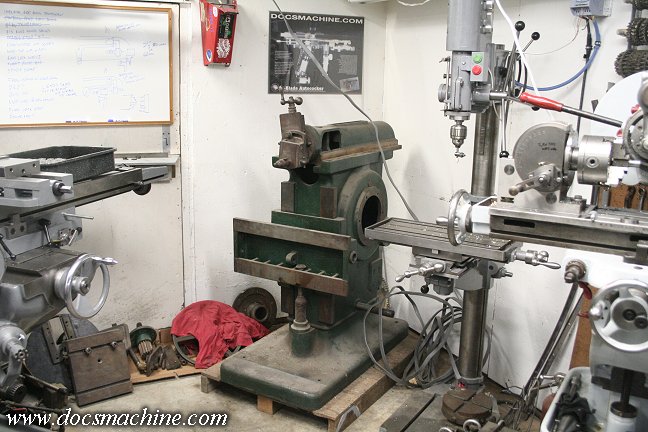
Fast-forward a decade (!) and in early 2018, the aforementioned trip to the States was brewing, so I dismantled the three machines, including the shaper...
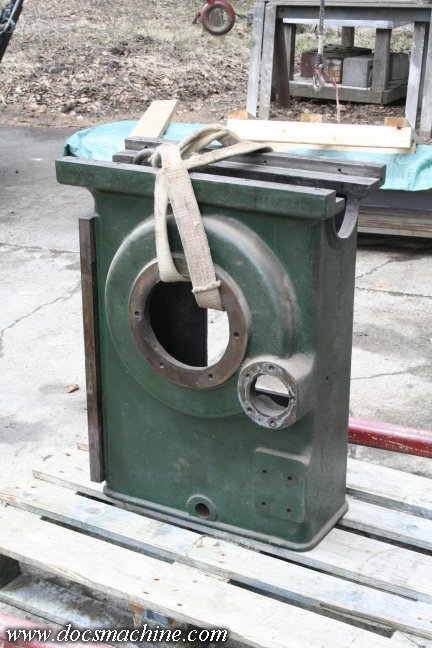
And sent it all off on it's merry way.
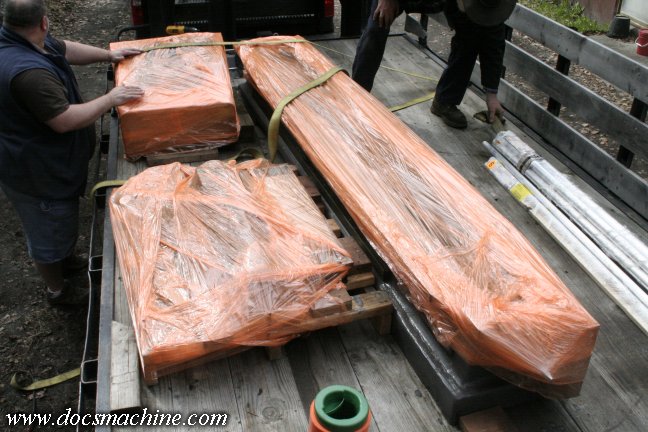
More to come...
Doc.
Well, the original deal on that grinding involved what was supposed to be very low cost shipping- basically a friend was towing an empty trailer to the States, to return with some other gear.
Because the shipping part was so cheap, along with the bed of the lathe, I opted to include the table and saddle of my Nichols mill (due to repetitive factory use, it was badly worn in the middle third of the table travel) and the ram and column casting of the shaper (which had considerable wear.)
Unfortunately, the original deal fell through, which forced me to either abandon everything (thus junking all three machines) or to throw money at them to get the job done and the parts returned.
The entire deal cost me a great deal of money- roughly twice what the worst-cost estimate of the original deal was supposed to.
The upshot of all this? I wound up sinking several thousand dollars into an obsolete, antique machine that I don't need, don't have the room for, and won't be able to sell.

I have never once been accused of being a brilliant businessman.

But, I'm now slowly putting the machine back together, and figured if nothing else, it'd be a fun read.

[cracks knuckles]
Back in early 2008 (!) I heard through the grapevine of a guy that had a full-size shaper for sale, for cheap. I posted it here, and some of you PM'ers identified it as an old Stockbridge 16" shaper, probably made around 1905. (And I found out from other sources that the company was probably closed by 1912.)
I eventually decided to buy it, as I had the time and the room back then, and, of course, a nearly-fatal case of Old Iron Disease. In June, I sorted out some transportation and hauled it home.

The story I was told was that the machine had been on a Navy air station on Kodiak Island, and had been junked, probably around the time the station was handed over to the Coast Guard. Oddly enough rumor has it my Springfield lathe carried a similar tale. No proof of either, of course, but still interesting.


The machine was complete (the table had been removed, but was included) save for any sort of a drive, having originally been lineshaft-powered.
It had been "rebuilt" by some ham-handed previous owner, but never run since said rebuilding- fortunately, as the only "lubrication" I found was some copper never-seize.
It did, however, have some fairly considerable wear:

I hosed some of the grime off, partially dismantled it and surveyed what I'd need to do to restore it... and then shoved it in the corner in leiu of more... shall we say, 'profitable' ventures.


Fast-forward a decade (!) and in early 2018, the aforementioned trip to the States was brewing, so I dismantled the three machines, including the shaper...

And sent it all off on it's merry way.

More to come...

Doc.
Last edited:




